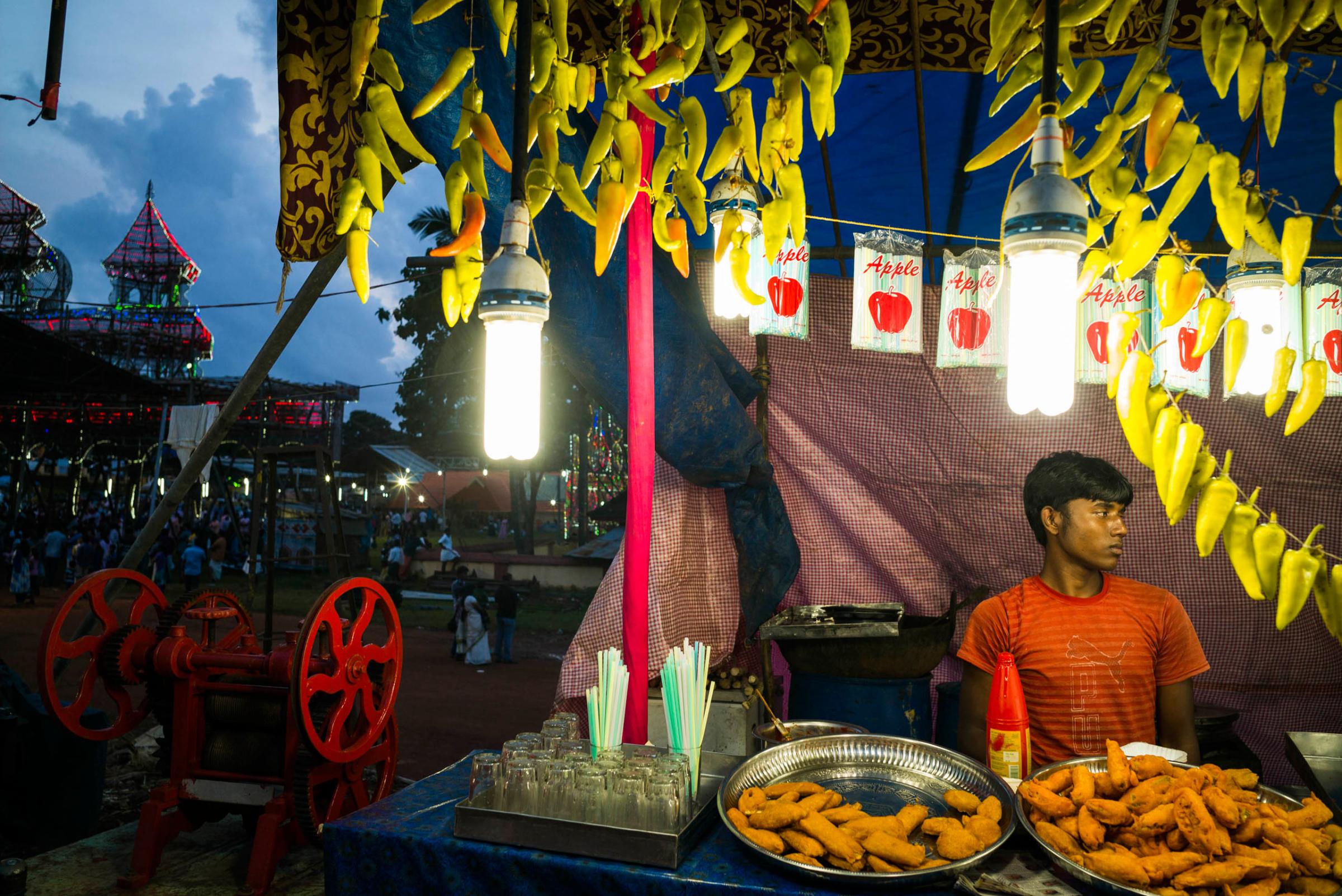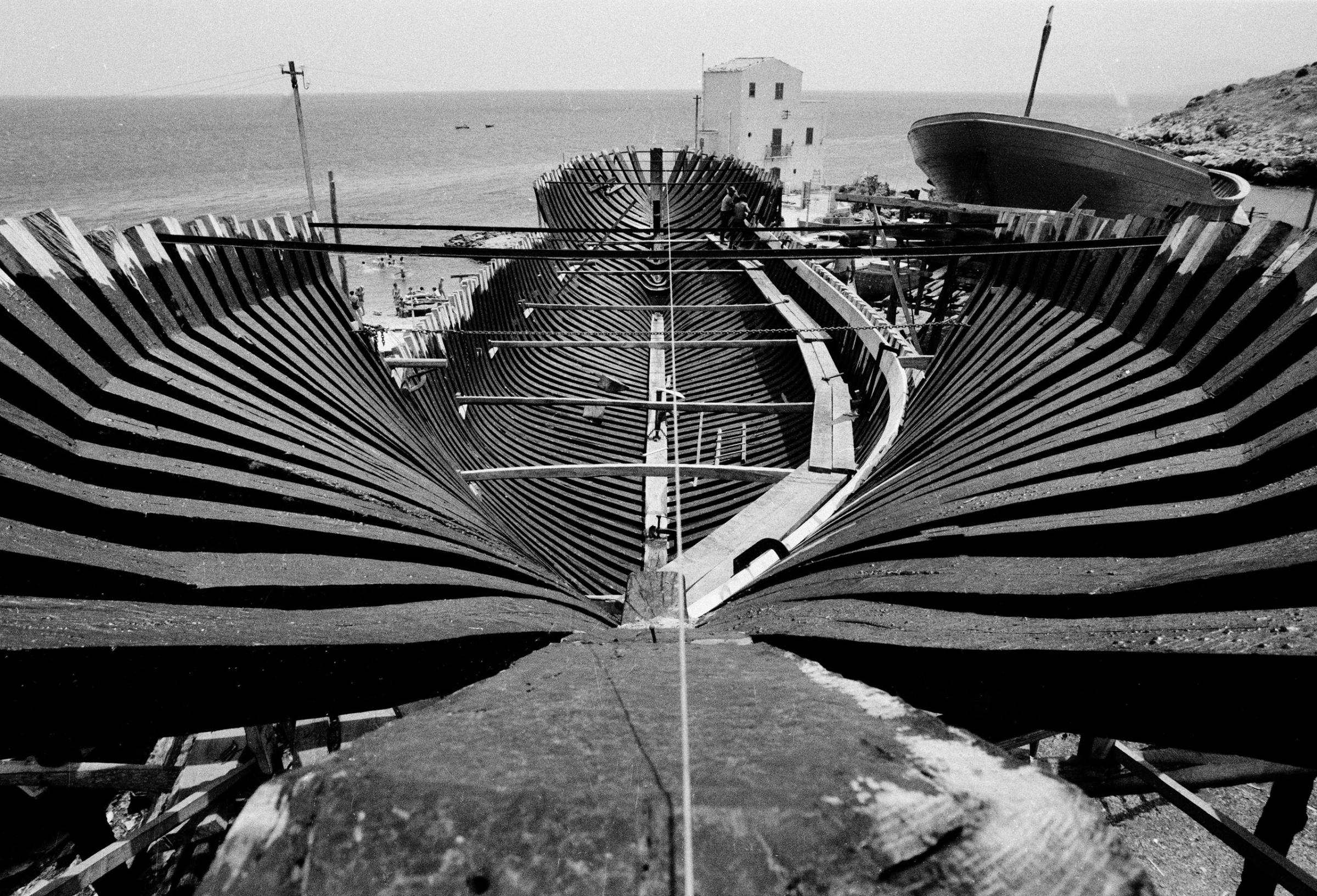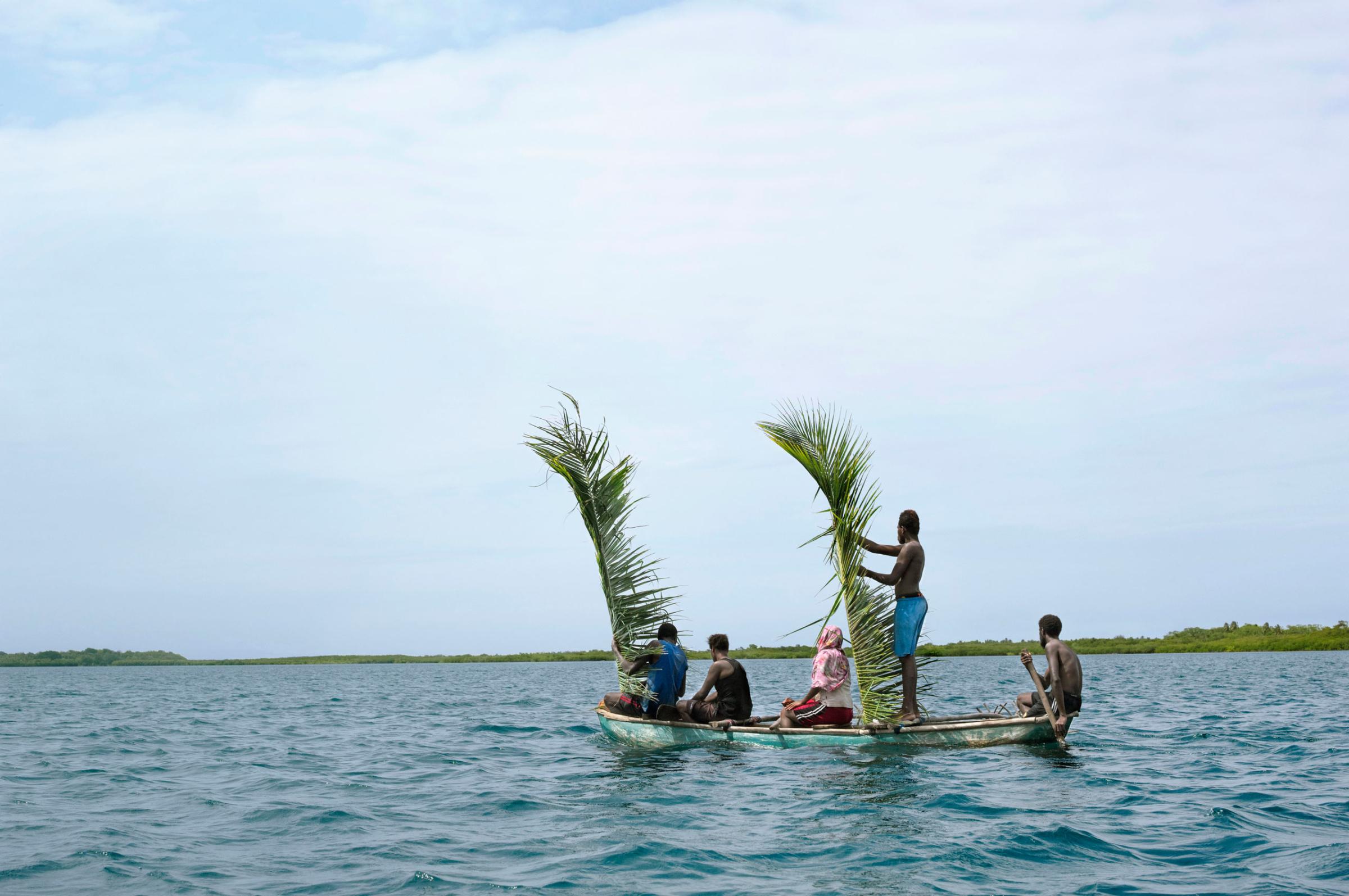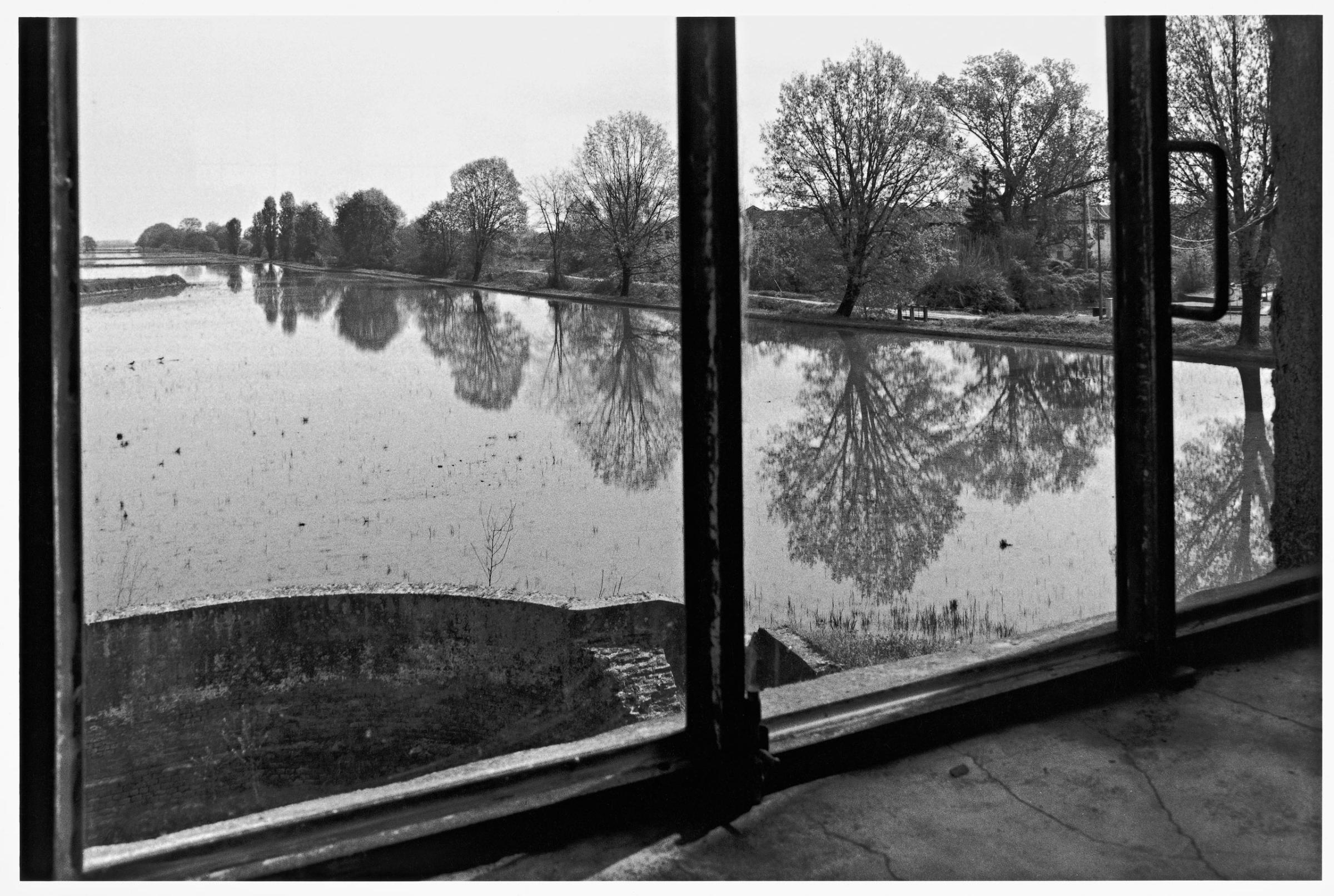
On May 1, the Universal Exposition, also known as the World’s Fair, opened its door in Milan. Since its inception in London in 1851, the prestigious exposition has served as a platform for nations to showcase their innovations, fostering cultural exchange between countries.
This year, nine internationally renowned photographers were asked to take visitors on a “journey around the world in pictures” to illustrate the Fair’s theme: Feeding the Planet, Energy for Life.
The works are presented in nine clusters — a first for the World’s Fair — with countries grouped together based on a climate zone or a food ingredient, such as coffee, chocolate, grains or seafood, rather than their geographic location. “The initial idea was to document food-related issues through the work of exceptional photographers,” says Roberto Koch, founder of photography agency Contrasto, who was involved in the selection of the participating photographers along with Magnum Photos. “Little by little, [the project] evolved in a photography exhibition within the nine clusters, where each photographer covered a specific product or theme.”
With his iconic black-and-white pictures, Sebastião Salgado portrayed the sustainable production of coffee in 10 countries, including Brazil, Guatemala and Colombia, as a years-long collaboration with Illy, one of Italy’s main coffee’s producers and a sponsor of the Expo. The Swiss artist Irene Kung was assigned to the fruits and legumes cluster, and worked to deliver an optimistic image of the trade at a time of crisis. “The fruit trees that I photographed are a perfect symbol of productivity, fertility and life,” she said in a press presentation earlier this year.
Magnum photographer Alessandra Sanguinetti, assigned to the Islands, Sea and Food cluster, traveled through the Pacific Ocean, the Indian Ocean and the Caribbean Sea to portray the culinary traditions of the communities who live in the islands of Mayotte, Dominica and Vanuatu, while Ferdinando Scianna provided glimpses into the land, sea and family rituals for the Bio-Mediterraneum cluster.
Joel Meyerowitz, assigned to the cereals and tubers theme, curated still life images of different kind of bread from all over the world, while Alex Webb’s lens captured the vibrant colors of the “world of spices” along the ancient spice trade route and the markets in India. And, Gianni Berengo Gardin documented the history of rice cultivation and paddy fields through the work of farmers and their farmhouses.
“Each photographer has his own style and gave a personal, very fascinating version of how to relate to food,” says Koch. Some of the participants focused on the countries’ traditions, while others had a more consumerist approach, as in the case of Martin Parr who enthusiastically participated to the “food of the gods” – the cocoa and chocolate cluster.
“I went to Ghana, which is probably the biggest chocolate producing country in the world,” he tells TIME. “[There] I photographed with the aid of the Ghana Cocoa Board… They took me around for five days to different locations, it was very interesting.”
To explore the topic of agriculture and nutrition in arid zones, the fair called upon George Steinmetz, who spent the last 15 years flying over the world’s deserts using his ultra light aircraft. One of his photographs, taken in 1997 in Mauritania, depicts how locals protect their crops from the desert by creating grids. “They make fences in the sand to stop the sand from moving with the wind,” says Steinmetz. “They use a technique that was invented in China. They take a dead branch of a palm tree, they smash it and push it in the ground and it stops the wind.”
The clusters’ photography exhibit, which will remain open to the public until Oct. 31, is also accompanied by the catalogue 9 Photographers for the Planet, published by Contrasto.
Lucia De Stefani is a contributor to TIME LightBox.









More Must-Reads from TIME
- Inside Elon Musk’s War on Washington
- Why Do More Young Adults Have Cancer?
- Colman Domingo Leads With Radical Love
- 11 New Books to Read in February
- How to Get Better at Doing Things Alone
- Cecily Strong on Goober the Clown
- Column: The Rise of America’s Broligarchy
- Introducing the 2025 Closers
Contact us at letters@time.com